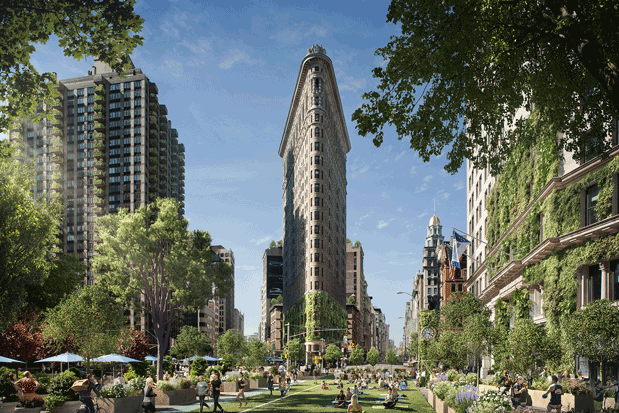
The Future of Urban Planning: The Path to Sustainable and Inclusive Cities
Urbanisation is an unstoppable global phenomenon, with more than half of the world’s population residing in cities. As our cities continue to grow, the need for effective urban planning becomes increasingly critical. The future of urban planning holds the key to addressing the complex challenges of our urban environments, from climate change and congestion to housing affordability and social equity. In this article, we will explore the exciting possibilities and trends shaping the future of urban planning.
Sustainable Design and Green Infrastructure
One of the most significant trends in urban planning is a shift towards sustainability. Cities are increasingly embracing sustainable design principles to reduce their environmental footprint. Green infrastructure, which includes features like green roofs, urban forests, and permeable pavements, is becoming a staple of urban development. These features not only mitigate the heat island effect but also improve air quality, reduce stormwater runoff, and enhance the overall quality of life for urban residents.
In addition to green infrastructure, cities are also investing in renewable energy sources, electric public transportation, and energy-efficient building designs. The future cityscape will be a patchwork of sustainable technologies and practices, with a focus on reducing carbon emissions and adapting to a changing climate.
Smart Cities and Technology Integration
The rise of technology is fundamentally changing the way cities are planned and managed. Smart cities leverage data and technology to enhance urban living in various ways. Internet of Things (IoT) sensors, for example, can monitor air quality, traffic flow, and energy usage in real-time. This data can be used to optimize traffic management, reduce energy consumption, and improve public services.
Autonomous vehicles are another aspect of the technological revolution in urban planning. As self-driving cars become more prevalent, they have the potential to reduce traffic congestion, improve safety, and free up valuable urban space currently used for parking.
Furthermore, digital platforms and mobile apps are making it easier for residents to engage with city government, access public services, and provide feedback on urban planning decisions. The future city will be interconnected and responsive, thanks to technology.
Mixed-Use Development and Pedestrian-Friendly Spaces
Urban planners are reimagining the layout of cities to prioritize mixed-use development and pedestrian-friendly spaces. The traditional model of separating residential, commercial, and industrial zones is giving way to more integrated neighborhoods where people can live, work, and play in close proximity.
Pedestrian-friendly streets, bicycle lanes, and public transportation hubs are becoming central to urban planning efforts. Cities are investing in infrastructure that encourages walking and cycling while reducing car dependency. This approach not only reduces traffic congestion but also promotes a healthier, more active lifestyle.
Inclusive and Affordable Housing
The issue of housing affordability has become a pressing concern in many cities worldwide. Urban planners are exploring innovative solutions to ensure that housing remains accessible to all income levels. This includes the development of mixed-income neighborhoods, inclusionary zoning policies, and the repurposing of underutilized spaces for affordable housing.
Additionally, modular and sustainable housing solutions are gaining popularity. These methods offer a faster, more cost-effective way to build housing while minimizing environmental impact. The future of urban planning will prioritize housing as a fundamental human right and seek equitable solutions for all residents.
Resilience and Climate Adaptation
Climate change poses a significant threat to cities, with rising sea levels, extreme weather events, and water scarcity becoming more prevalent. Urban planners are incorporating resilience and climate adaptation strategies into their long-term plans. This includes building flood-resistant infrastructure, relocating vulnerable communities away from high-risk areas, and designing buildings that can withstand extreme weather events.
Furthermore, urban planners are considering the concept of “regenerative cities” that aim not only to mitigate environmental damage but also to restore ecosystems and enhance biodiversity within urban areas. Such cities will not only adapt to climate change but actively work to heal the planet.
Conclusion
The future of urban planning is marked by a commitment to sustainability, technological integration, inclusivity, and resilience. As cities continue to grow and evolve, urban planners will play a crucial role in shaping the urban landscapes of tomorrow. By embracing these trends and incorporating them into their strategies, cities can thrive in the face of complex challenges and provide a high quality of life for their residents. The future of urban planning is about creating cities that are not only efficient and functional but also sustainable, equitable, and resilient.






